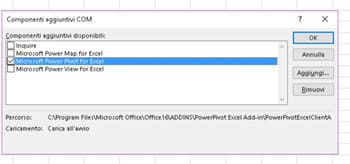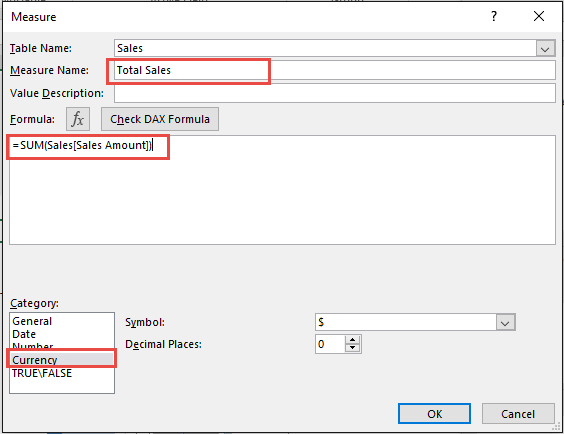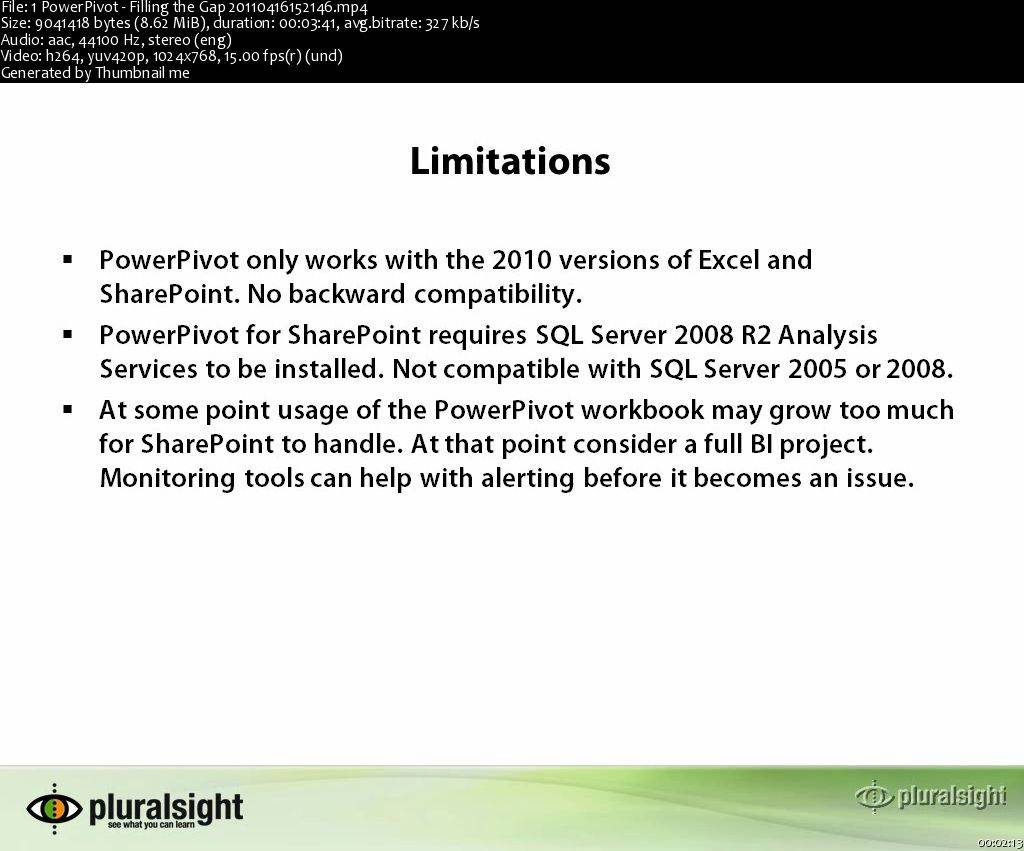This Excel tutorial explains how to change the data source for a pivot table in Excel 2011 for Mac (with screenshots and step-by-step instructions).
See solution in other versions of Excel:
Question: In Microsoft Excel 2011 for Mac, I've created a pivot table and now I need to change the data source. How do I change the data source for an existing pivot table?
Answer:Click somewhere in the pivot table and the PivotTable tab should appear in the toolbar at the top of the screen. Select the PivotTable tab, click on the Options button and select Change Source from the popup menu.
When the Change PivotTable Data Source window appears, change the Location value to reflect the new data source for your pivot table. Click on the OK button.
Now when you return to your pivot table, it should display information from the new data source.
I love the new Pivot Chart feature on Excel 2016 for Mac. However sometimes I would like to Switch Rows and Columns on the chart without affecting the pivot table. For instance, in a pivot table where amounts are organised on a horizontal timeline, if I try to do a line chart, I. By Geetesh Bajaj, James Gordon. In Excel 2011 for mac, a PivotTable is a special kind of table that summarizes data from a table, data range, or database external to the workbook.If you’re PivotTable aficionado, you will be in seventh heaven with the new PivotTable capabilities in Office 2011 for Mac. Previously in the 2016 version of Office 365, you needed to have purchased the Office Pro Plus or Office 365 E3 to have access to Power Pivot within Excel, as I discuss in detail here. So now you can get Power Pivot in Excel 2010, Excel 2013 and all Office 2016 products, such as. Excel 2016 for Windows introduced a powerful set of Get & Transform Data tools. These tools, based on Power Query technology, enable you to easily connect, combine, and shape data coming from a variety of sources. Today, we are excited to announce the first step in a journey to support Power Query in Excel for Mac. Excel for insightful spreadsheets – anytime, anywhere and with anyone. A modern take on Excel with new built-in tools help you get more out of your data. Create your best work with Microsoft 365.
Over the years, knowing whether you have access to the Power Pivot feature in Excel has been challenging at times to say the least. First introduced as an add-in for Excel 2010, availability of the tool has varied, depending upon which version of Excel you utilized. Fortunately, Microsoft simplified access to Power Pivot with the release of Excel 2019 and now, more people than ever have access to the feature.

Install Powerpivot For Excel 2016

which versions of Office/Excel provide access to power Pivot?
As of January 8, 2019, you have access to Power Pivot if you are running any of the following versions of Microsoft Office/Excel.
- An Office 365 subscription that includes a Desktop license of Excel for Windows
- Office Professional 2019
- Office Home & Business 2019
- Office Home & Student 2019
- Office 2016 Professional Plus
- Office 2013 Professional Plus
- Excel 2013 and Excel 2016 when purchased as a standalone product
Additionally, if you are still running Excel 2010, you can download the add-in for that version of Excel by clicking here or navigating to https://www.microsoft.com/en-us/download/details.aspx?id=43348. Note, however, that version of the add-in will work only with Excel 2010.
which versions of office/excel do not provide access to power Pivot?
Power Pivot is not available to those running any of the following versions of Microsoft Office/Excel.
- An Office 365 subscription that does NOT provide a desktop license of Excel for Windows
- Any version of Office for Mac
- Office Professional 2013
- Office Professional 2016
- Office Home & Student 2013
- Office Home & Student 2016
- Office Home & Business 2013
- Office Home & Business 2016
- Office for Android
- Office RT 2013
- Office Standard 2013
- Office Standard 2016
- All Office versions older than 2013, unless you download the add-in for Excel 2010
Power Pivot Use Cases
Regardless of the version of Excel you might use to access Power Pivot, the principal use case of this feature remains the same – it is used to manage data models in Excel. In addition, you can use Power Pivot to create links to external data sources and use the data provided by those data sources to populate your data models, although many will find Power Query to be a better option for this application. Of course, once you create a data model, you can then summarize and analyze the data in the data model rather easily using PivotTables and, when necessary, CUBE functions in Excel.
You can learn more about this valuable Excel feature from Microsoft by clicking here.
Excel For Mac Powerpivot
Share on facebookFacebook Share on twitterTwitter Share on linkedinLinkedIncheck out these power pivot learning options from k2 enterprises
Power Pivot For Excel 365
